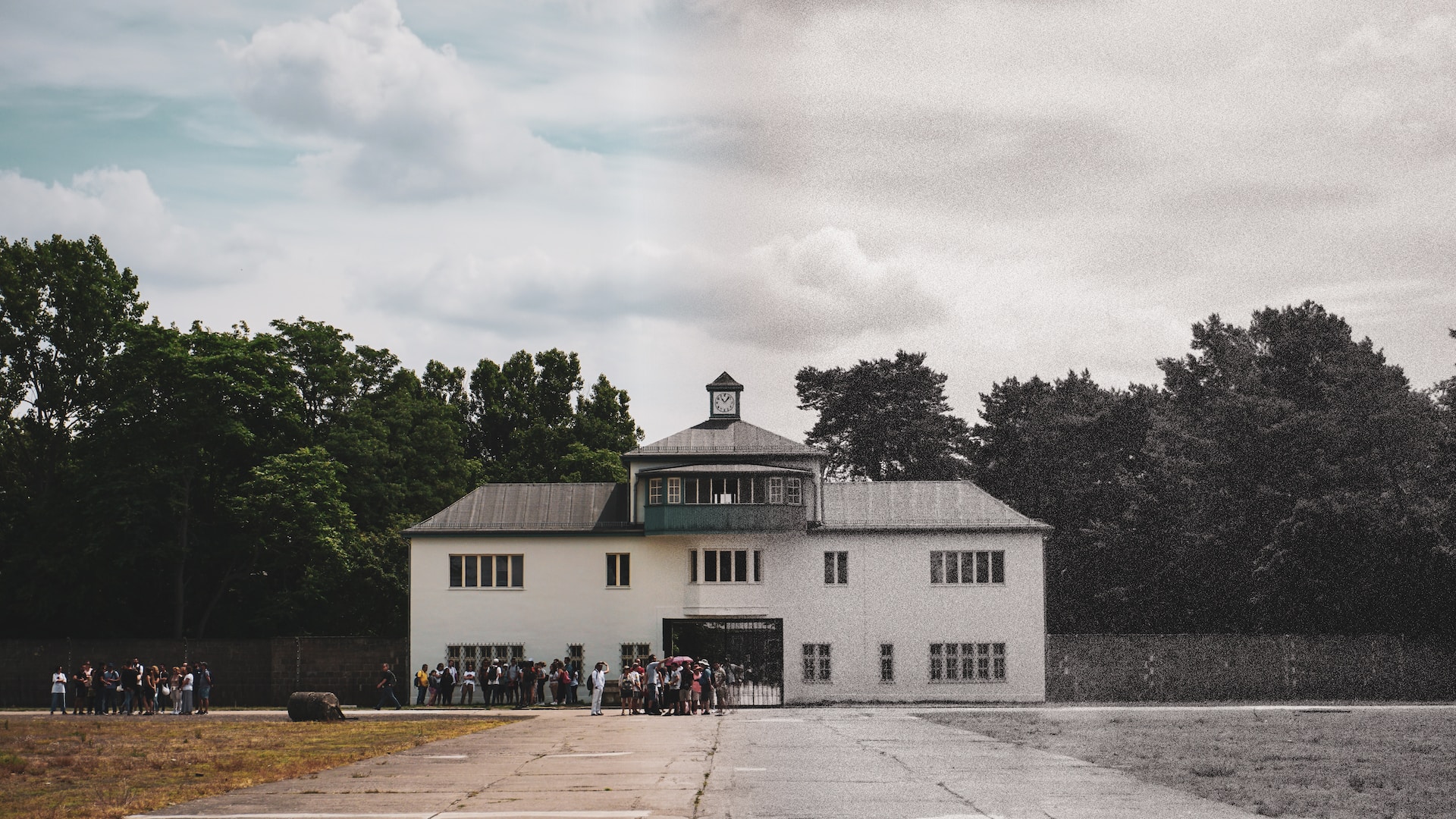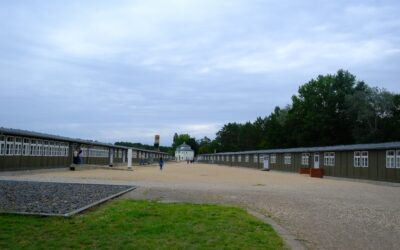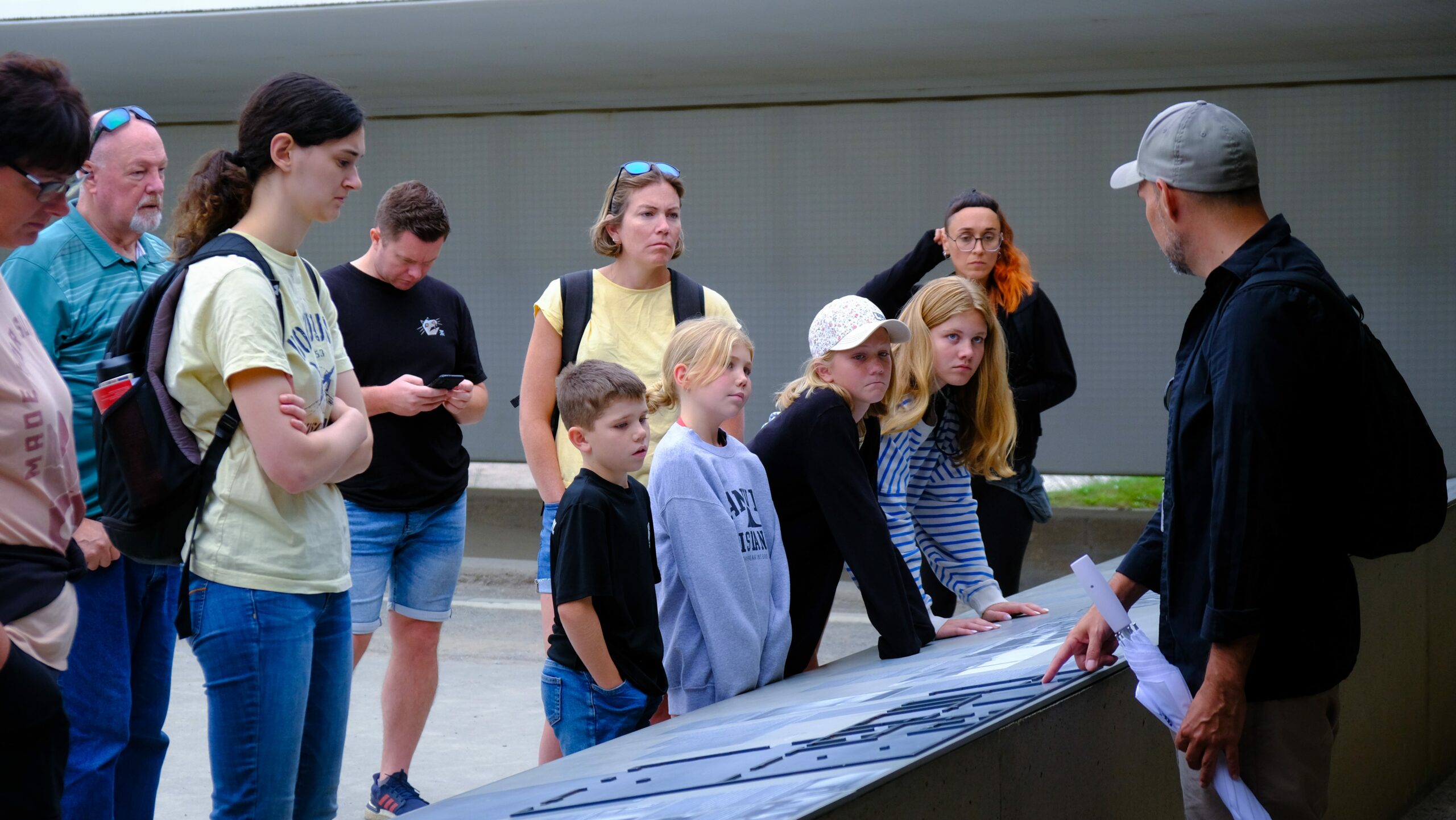The Sachsenhausen Concentration Camp situated in Oranienburg, Germany, is one of the famous concentration camps that existed during the Second World War. It was an archetype of the subsequent concentration camps and was centrally functional during the holocaust.
The History of Sachsenhausen
Sachsenhausen Concentration Camp was opened in 1936 and run by the SS, aelite German paramilitary organization in charge of operating the concentration camp. Originally, it was designed for political prisoners, then became a concentration camp, and forced labor camp for civilians, and finally a death camp.
To enhance its accessibility to the Gestapo which is the secret state police, the camp was located near Berlin region. The relative closeness to the capital made the coordination and control of the operations of the camp easier.
Living Conditions and Treatment
Living conditions in Sachsenhausen were as hard as in other concentration camps and the prisoners were exposed to brutal treatment. Children, Jews, Poles, Soviet POWs, plus other ethnic and political groups or nationals, were used for forced labor, physically and sexually assaulted, tortured, experimented on medically, and starved.
Condition was poor, especially as regards sanitation, which was the cause of diseases. A number of prisoners succumbed to deaths from diseases, starvation or were executed. The survivors experienced constant fear and at some point, even psychological trauma.
Persecution and Executions
Sachsenhausen was built primarily with the purpose of demeaning and reducing the prisoners to submission. The SS actively employed public executions for example through the use of gallows in the camp in order to cow the population into submission.
Those who suffered the most during those days were religious leaders, political opponents and intellectuals. It was used as a transit, so, prisoners were brought to the camp, and later sent to other extermination camps such as Auschwitz-Birkenau.




